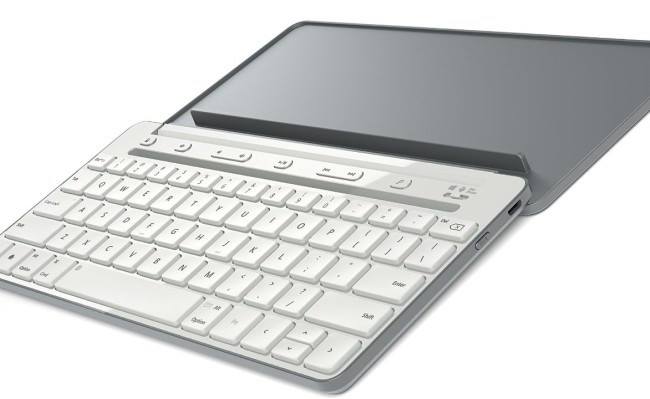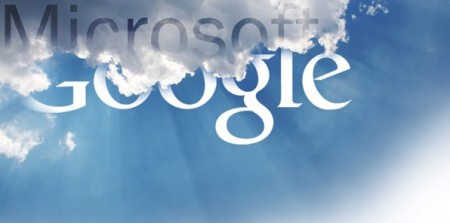Microsoft’new universal keyboard offering is a well-built, slightly-smaller keyboard that can switch between operating systems at the touch of a button.
The keyboard will work with almost any phone or tablet, compatible with Windows, Android and IOS operating systems.
The size is 9.5 by 4.3 x 0.5 inches (24 x 10 x 11 cm), and the keyboard weighs 12.9 ounces (365 g). It is basically a clam shell design with a floppy top attached by magnets. It is small enough to fit inside a bag or purse, but not small enough to fit in a pants pocket.
Users can rest their device in the stand, creating a layout similar to that of a laptop. The stand is attached to the top of the clamshell, so when it is detached, the screen can be moved further away.
When opening up the keyboard on a device, the device will ask for a 6-digit password before allowing access.
The keyboard is powered by a built-in mAH battery, which Microsoft says will last for around 6 months on a charge.
The keypad area, at 9.25 inches (23 cm) wide, is roughly the size of the keyboards found on smaller laptops. The size may not be suitable for people who struggle with this size of keypad, but for those who don’t mind the small dimensions, the key-action has received positive reviews.
The keyboard originally retailed for around $80.00, which puts it at the same price point of many of its competitors, but recently it has been listed for around $40.00.
By Andy Stern

